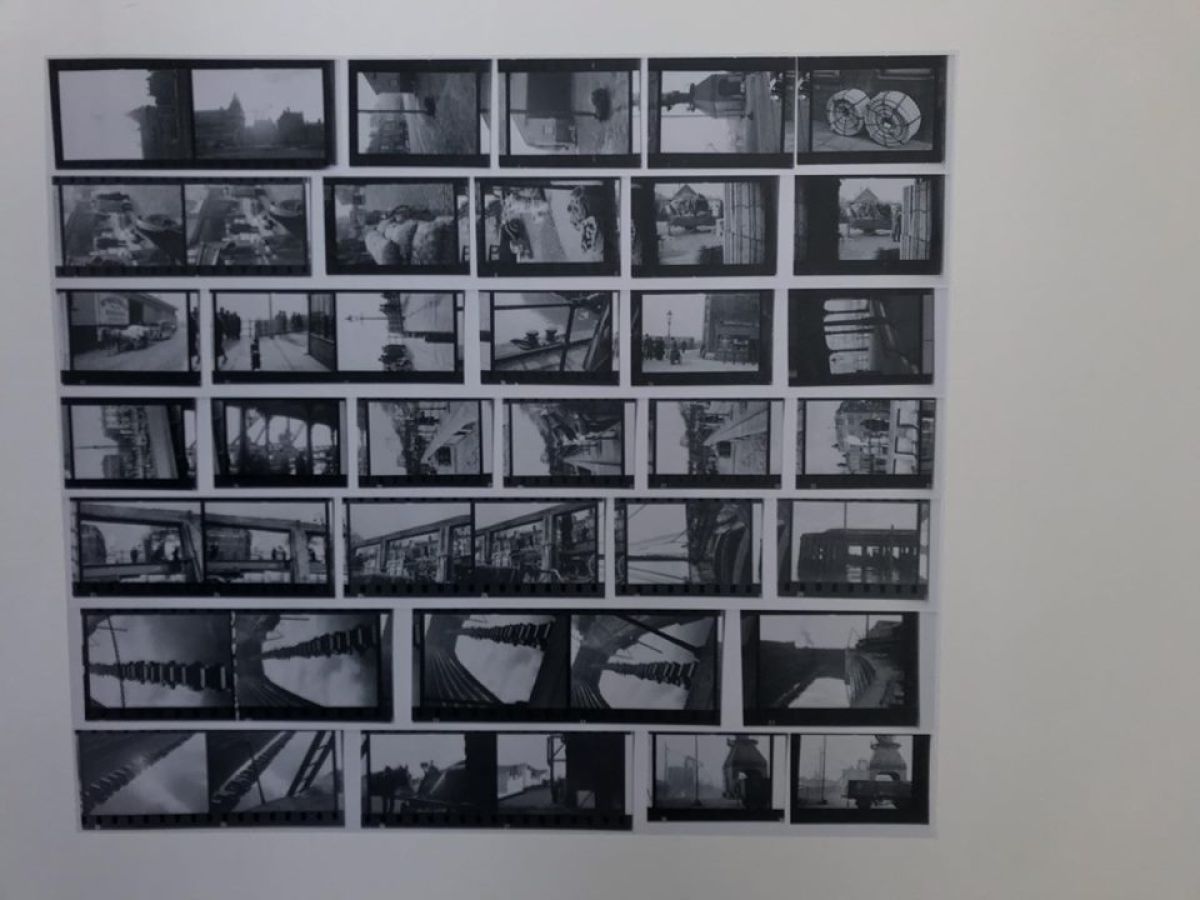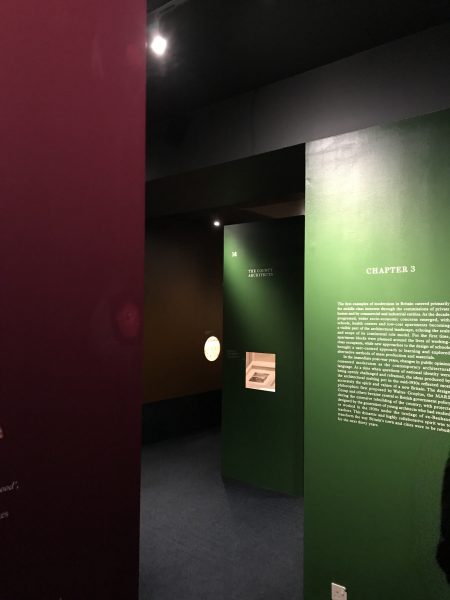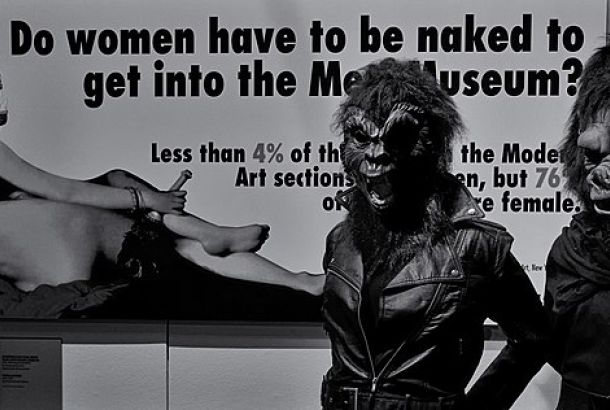The Bauhaus in Britain: Beyond Bauhaus at the RIBA

This year marks 100 years since Walter Gropius founded the Bauhaus school in Weimar, Germany. The Royal Institute of British Architects (RIBA) in London are among many institutions around the world that are celebrating the centenary. The Bauhaus school consisting of Gropius and his colleagues such as Paul Klee, Wassily Kandinsky, and Oscar Schelmmer, introduced a new era of design and art that has shaped our modern world. “Form follows function”, the now-famous words of architect and “Father of modernism” Louis Suillvan, became a basis for the Bauhaus philosophy which put sleek design, functionality, and technology at the forefront of the aesthetic practices.

Beyond Bauhaus is based across two floors in the RIBA building, focusing on the moment “Britain became modern”. The relationship between the Bahaus started when Walter Gropius, László Moholy-Nagy, Marcel Breuer, and other fellows moved to London in 1933 to escape the politics of Weimar Germany, staying until 1937 whereupon they moved to America to pursue teaching and better opportunities.

The exhibition is set in a dark room where columns in 3 different colours rise from the ground. These columns feature cut-outs in the characteristic Bauhaus shapes (Triangle, Square, Circle). They allow the viewer to look within the columns and view the components of the exhibition: original drawings, contemporary photographic works, and films. They highlight the influences of the three Bauhaus members on Britain’s modern architecture. Or, perhaps more accurately, the ones that could have been. The sketches demonstrate the unrealised designs that were rejected by Britain. Walter Gropius’s innovative housing complex Isokon 3 and Marcel Breuer’s model of a modernist urban environment Garden City of the Future demonstrate the potential the artists saw for Britain. It is ironic, then, that the first displayed item in the exhibition is the menu card for Marcel Breuer’s farewell dinner in 1937.
A further focus lies on the integration of Gropius and other Bauhaus figures into British society. It explores the building of their relationships with British architects, and the subsequent development of architecture once they had immigrated to the United States.

Upstairs, a room is dedicated to László Moholy-Nagy’s work and the relationships made during his stay in Britain. This includes his graphic design work for the essay ‘Leisure at the Seaside’ commissioned by the Architectural Review.
Beyond Bauhaus ultimately dulls in comparison to other Bauhaus exhibitions. This can probably be traced to the approach of the exhibition, as it demonstrates that, compared to other nations, Bauhaus ideas had little impact in Britain. It appears that the exhibition demonstrates some artistic license approach to modernism; the relationship between modernists and Britain is presented as slightly stronger than its reality. What the exhibition does highlight, however, is that while Britain may not have been ready for the radical ideas of the Bauhaus, the Bauhaus’ legacy was significant for the architects and modernists that followed after.
The exhibition continues at the RIBA until the 1st of February. Admission is free.







